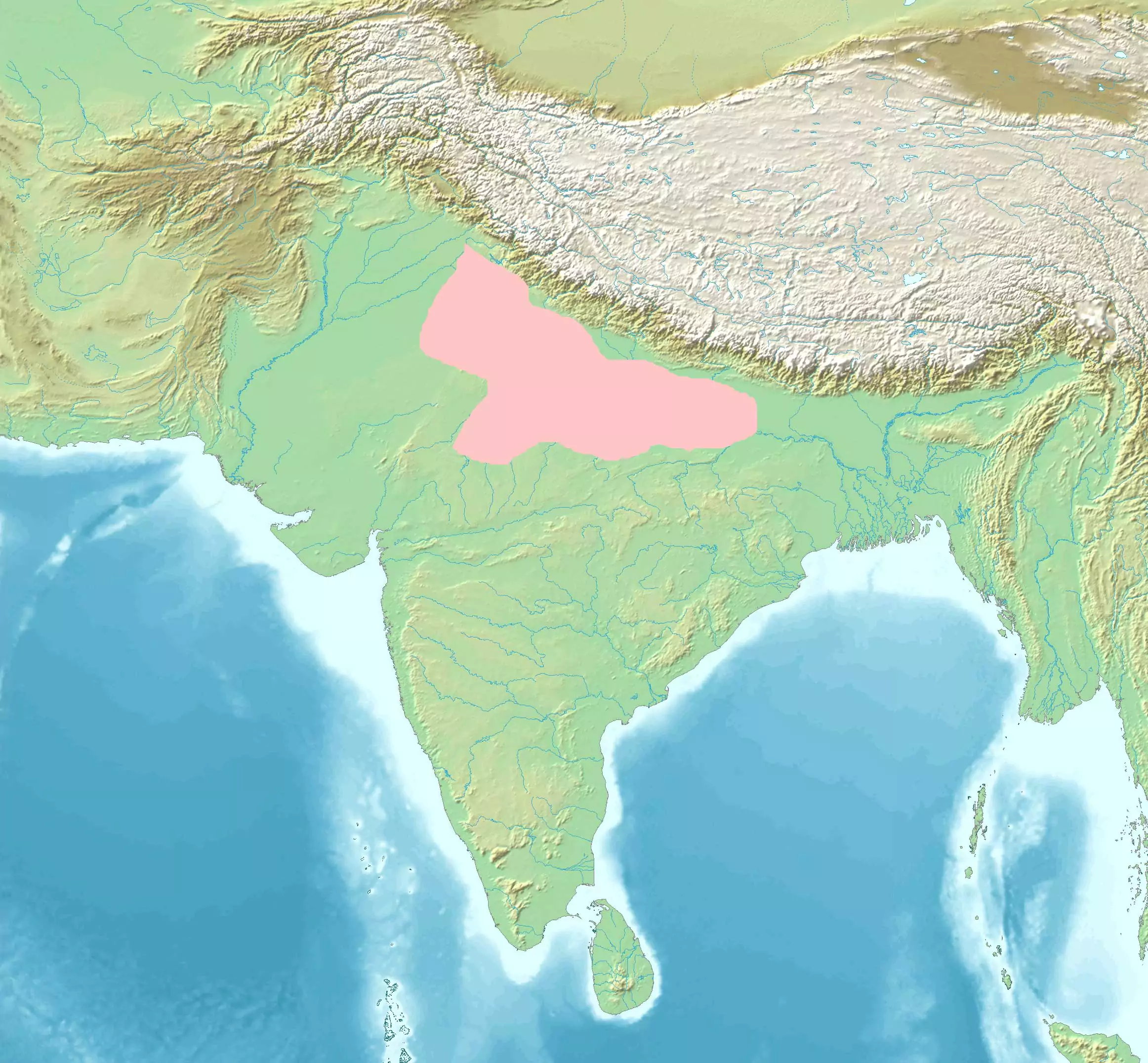The Lodi dynasty was the fifth Muslim dynasty of the Delhi Sultanate. Bahlul Khan Lodi founded this dynasty in the year 1451. He replaced the Sayyid dynasty. The Lodi Dynasty dynasty ruled Delhi from 1451 to 1526. Their reign was approximately 75 years.
Background – Lodhi Dynasty
Bahlul Lodhi was born in 1411 in the Lodi tribe. He was initially an eminent Afghan noble from the Pashtun community.
Emerging to Power
Bahlul Lodhi was the nephew and son-in-law of Malik Sultan Shah Lodi. Malik Sultan Shah Lodi was the governor of Punjab. At this time Delhi was under the control of Muhammad Shah (from the Sayyid dynasty). After his father died, Bahlul became governor of the Punjab region. Initially, Bahlul served under the Sayyid rulers. Also, he had the chance to strengthen his position and increase his influence. Also, Muhammad Shah and the latter Sayyid rulers were weak. Bahlul Lodhi took this advantage and ascended the throne on 19 April 1451.
The important points and key information of all the rulers from the Lodi dynasty are given below.
Bahlul Lodi [1451-1489 AD]
- Founder of Delhi’s first true Afghan dynasty.
- Bahlul Lodi founded the Lodi dynasty with the help of some nobles in Delhi.
- 1443: Bahlul attempted to invade Delhi but was unsuccessful.
- 1447: He also reattempted but remained unsuccessful in capturing Delhi. This time, the last Sayyid ruler Sultan Alam Shah was the ruler of the Sayyid dynasty.
- 1448: After Alam Shah retreated to Badaun, Bahlul Lodi captured Delhi.
- He successfully suppressed rebellions in the Mewat and Doab regions.
- 1479: Hussain Shah Sharqi, son of Mahmud Sharqi, attacked Delhi. Bahlul Lodi defeated Sultan Mahmud Sharqi of Jaunpur and annexed the region to Delhi.
- 1486: He appointed his son Babrak Shah as viceroy of Jaunpur.
- 1489: He died on his way back to Delhi after the conquest of Gwalior.
- 1489: His second son Sikandar Lodi became the king after he died.
Info: Bahlul Lodi took the title of Bahlul Shah Ghazi.
Sikandar Shah Lodi [1489-1517 AD]
- Sikandar Shah Lodi was the most successful Sultan of the Lodi dynasty.
- His real name was Nizam Shah.
- 1489: He defeated his elder brother Barbak Shah when he declared independence at Jaunpur.
- 1494: He invaded Bengal and signed a treaty of non-aggression with Alauddin Hussain Shah, the independent Sultan of Bengal.
- 1490-1499: He extended Lodi’s power into the Gwalior and Bihar regions.
- 1500: He launched an expedition against Gwalior.
- 1501: He captured an important part – Dholpur of Gwalior. But failed to conquer the whole part.
- 1503: Sikandar Lodi established the Agra city.
- 1504: Then he resumed an expedition in the north Gwalior, and captured some forts, but failed to conquer complete Gwalior.
- 1506: Because of Raja Man Singh Tomar’s hit-and-run strategy, Sikandar was unable to take Gwalior Fort, although they were able to capture the surrounding area.
- 1506: he destroyed the city of Agra and moved his capital from Delhi to Agra.
- He conquered Tirhut and Bihar.
- He was a Persian poet. He wrote many Persian poems under the pseudonym Gulrukh or Lalful.
- He strove to improve agriculture and introduced the 32-digit Ghazi-e-Sikandari to measure cultivated land.
- However, he re-imposed the jizya tax on non-Muslims, although he suppressed elite and other provincial rebellions.
- Apart from this, he destroyed many temples and built mosques over them.
- He ordered the idols of the Jalamukhi temple at Nagarkot to be cut into pieces and used as Batkhara (Weighing Scales).
Info: Sikandar was a skilled ruler and a patron of art and culture.
Ibrahim Lodi [1517-1526 AD]
- 1517: He ascended the throne.
- The last Sultan of the Lodi dynasty.
- King Rana Sangram threatened Ibrahim Lodi over the invasion of Agra city.
- 1520: The ruler of Punjab – Daulat Khan Lodi, and the ruler of Gujarat – Alam Khan Lodi encouraged Babur, the ruler of Kabul, to attack India.
- When Ibrahim Lodi was in power, the nobles were captured and imprisoned.
- 1526: Ibrahim Lodi was defeated and killed by Babur in the first battle of Panipat.
- The first battle of Panipat marked the fall of the Lodi Dynasty and the end of the Sultanate in Delhi and the foundation of the Mughal Empire in India.
Jalaluddin Muhammad Shah (1526)
- After Ibrahim Lodhi lost in the battle of Panipat, Jalaluddin Muhammad Shah became the king of Delhi.
- However, his reign was very short.
- Babur overthrew him and established the Mughal Empire in India.
First Battle of Panipat
Babur invaded India in 1525 and captured some parts of Punjab. Ibrahim Lodhi organized a large army to stop Babur’s advance. On April 21, 1526, the first Battle of Panipat was fought between Ibrahim Lodhi and Babur (ruler of Kabul). Babur arranged his soldiers in a pattern called the “Mughal crescent”. This pattern helped to maximize the usage of his artillery. As a result, Ibrahim Lodi was unable to defend his army. Ibrahim Lodi was defeated and killed by Babur. The Mughal Empire was founded in India after the First Battle of Panipat. This led to the end of the Lodhi dynasty.
Extra Info: Tomb of Sikandar Lodi: Built by his son Ibrahim Lodi in 1517. The Bagh-i-Jud, better known as the Lodhi Gardens is a burial ground. In this burial ground, all of the Lodhi kings were buried. Sikandar Lodhi built the Bara Gumbad Monument in the year 1490. Some historians claim that the Shish Gumbad is the tomb of Bahlol Lodi. The tomb was constructed during the years 1489 and 1517.
